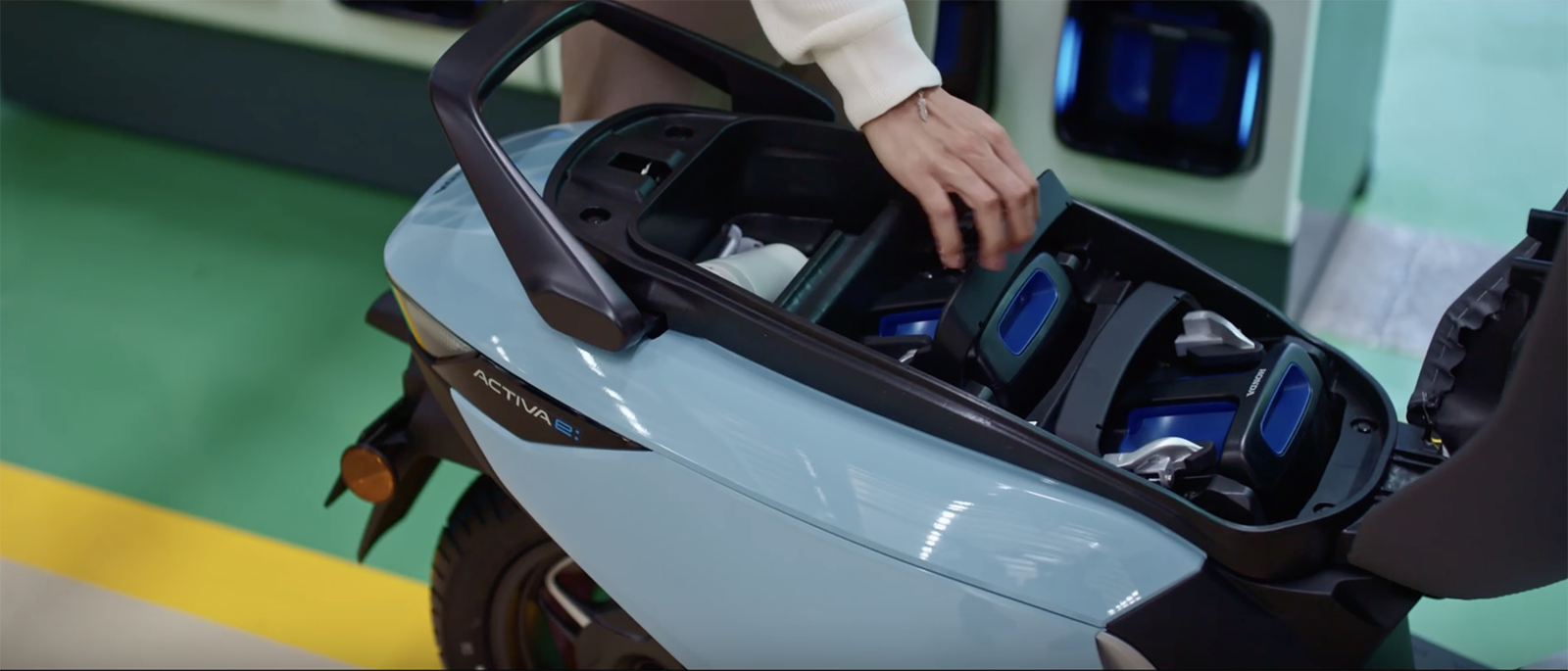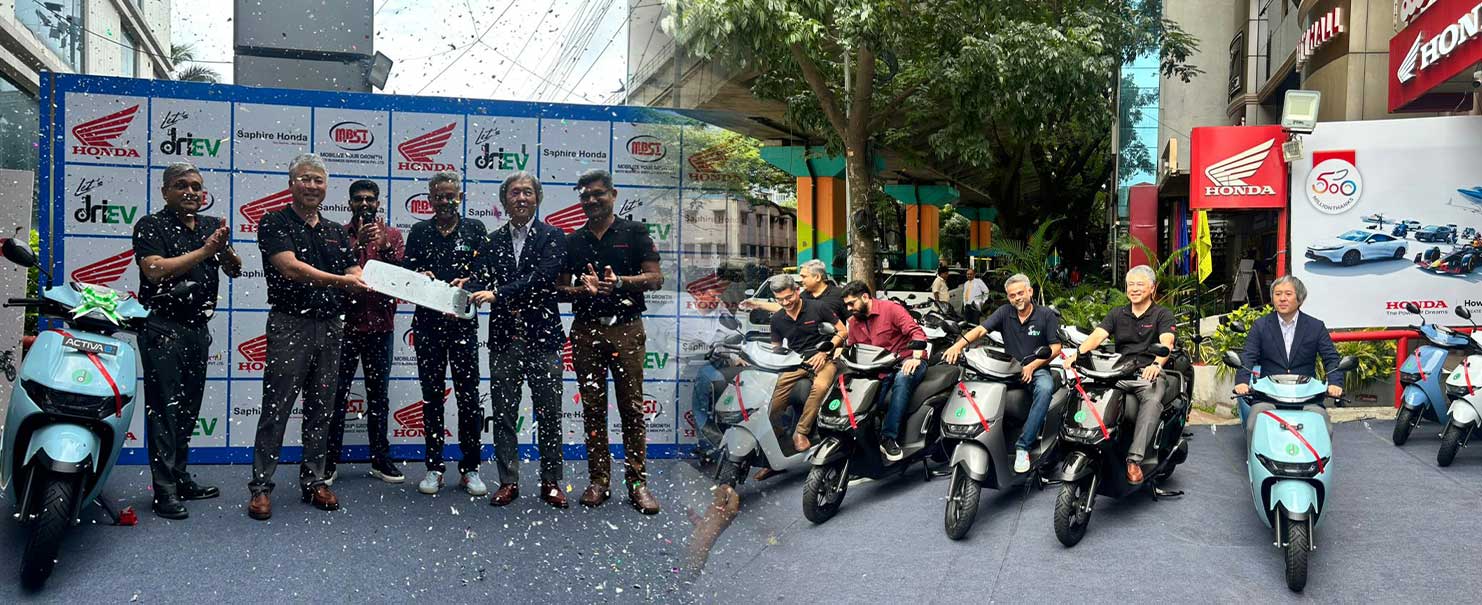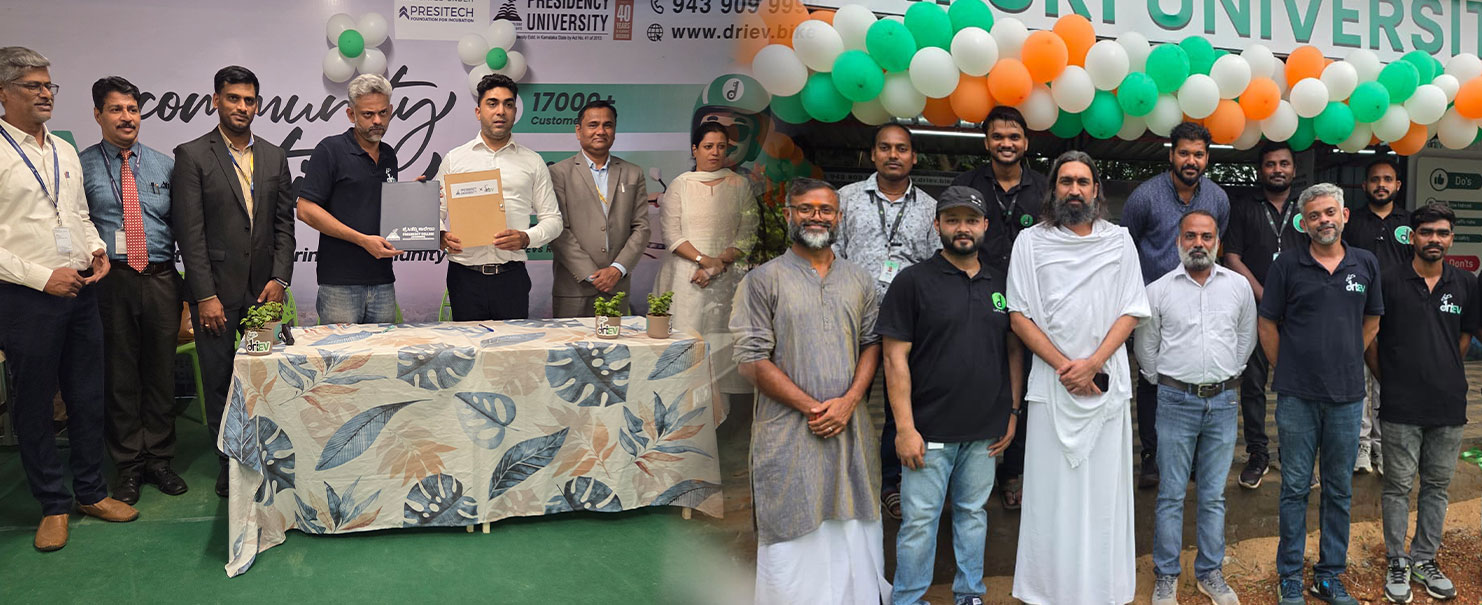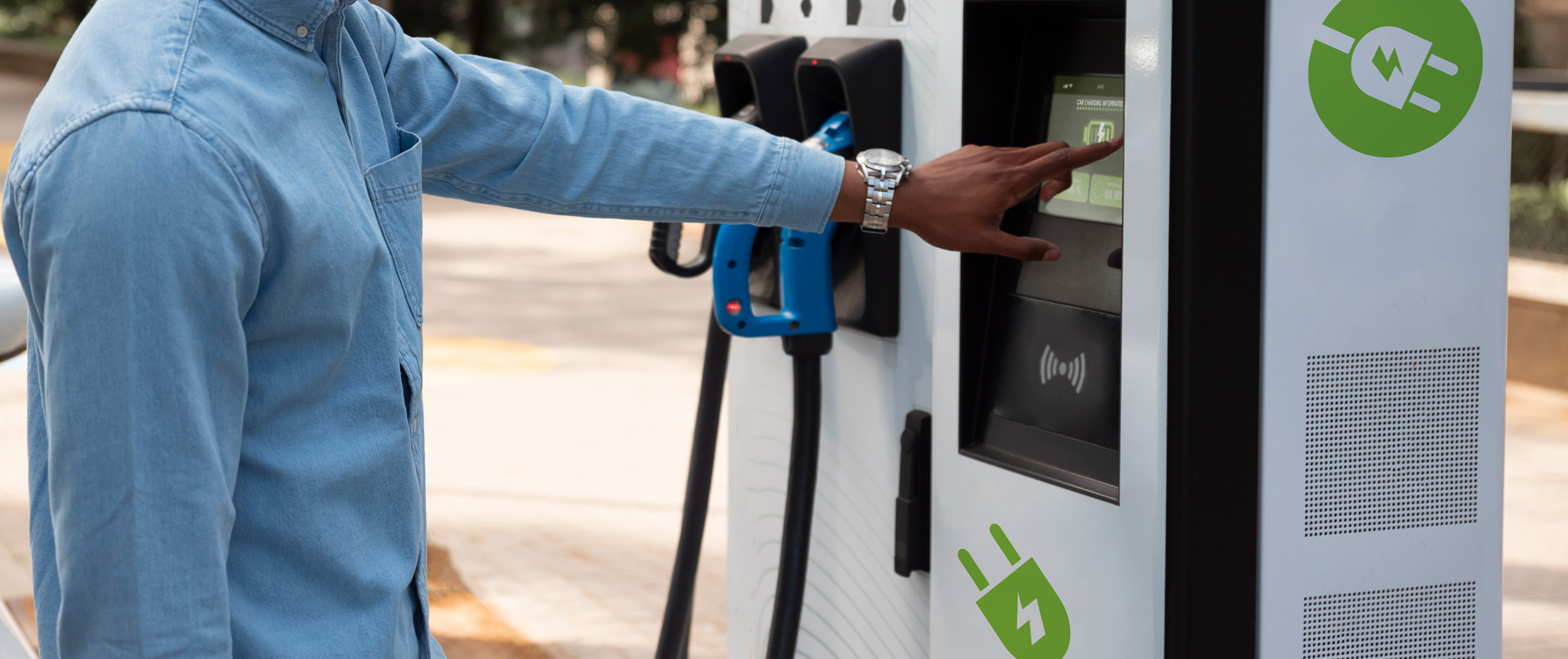
The journey from an idea to a 2.6 Crore revenue model was far from easy but we at Let’s driEV did it with all the teamwork and perseverance. Every startup you come across will have stories of survival and our’s isn’t different. When we started our journey with a mission to enable bike sharing-rental platform to ease urban commute, we knew we will have a hard way but somehow we will make it. Today, when we stand with 9 communities and 1000+ bikes and 20,000+ customers- we have a story to narrate…a story of what we overcame to be here.
Breaking the Language Barrier:
Challenge: With a diverse customer base speaking various languages, effective communication was key but challenging, especially with many team members primarily speaking Odia.
Solution: Let’s driEV prioritized customer-centricity by investing in training programs and onboarding materials in multiple languages. This ensured that every team member could effectively communicate with customers, regardless of their language background.
Second-Life Batteries: A Lesson in Adaptation:
Challenge: Early on, the company used “second-life” batteries, which presented issues of degradation, leading to unreliable scooters and delays in repairs.
Solution: Let’s driEV took matters into their own hands, establishing a dedicated battery repair team. This move not only reduced repair times but also ensured the reliability and safety of their scooters, a crucial factor in customer satisfaction and operational efficiency.
Furthermore, exciting developments are on the horizon with the Integrated EV and Battery Manufacturing project in Cuttack. JSW Group’s signing of an MoU for this project in Odisha resonates strongly with our dedication to sustainability and presents new avenues for collaboration. Looking ahead, we’re also planning to introduce smarter batteries. These batteries will proactively remind users to charge a few days in advance and provide real-time information on remaining battery life, aiming to enhance travelers’ experiences and mitigate any potential inconvenience on the road.
Scaling Operations: From MVP to Community Integration:
Challenge: Starting with just three vehicles, Let’s driEV quickly saw an overwhelming response, with 700 students signing up for trials within just three days. Scaling up to meet this demand was a significant challenge.
Solution: Through strategic expansion and community engagement, Let’s driEV now boasts a fleet of over 1000 vehicles, serving nine communities. This growth was achieved by continuously adding more bikes and expanding their service areas, making electric mobility more accessible to all.
Looking ahead, Let’s driEV is not resting on its laurels. The team is poised for further growth and innovation by incorporating plans to introduce smarter batteries, which provide charging reminders and battery life predictions etc., demonstrating Let’s driEV’s commitment to enhancing customer experiences and sustainability.







